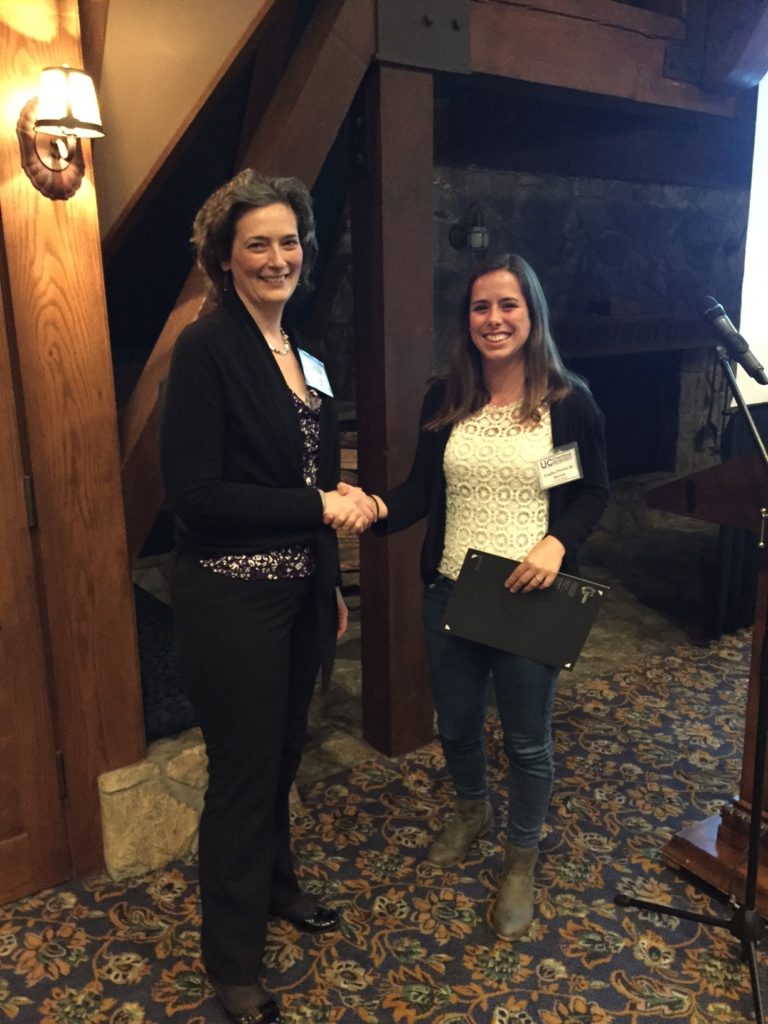ChemComm is pleased to announce Dr.ir. Tom de Greef, of the Biomedical Engineering department of Technische Universiteit Eindhoven, as the recipient of this year’s Cram Lehn Pedersen award in Supramolecular Chemistry, a prestigious prize awarded annually by the ISMSC International Committee to young researchers. Our warm congratulations to Tom!
The prize, sponsored by ChemComm and named in honour of the winners of the 1987 Nobel Prize in Chemistry, recognises significant, original and independent work in supramolecular chemistry by emerging investigators. Scientists who gained their PhD less than ten years previous are eligible for the prize.
Tom is an associate professor at the Eindhoven University of Technology and FMS member, and will receive the award during the 2017 International Symposium on Macrocyclic and Supramolecular Chemistry (ISMSC) which will take place in Cambridge (U.K.).
![]()
We are also delighted to announce that the 2017 International Symposium on Macrocyclic and Supramolecular Chemistry (ISMSC) will be held in conjuction with ISACS: Challenges in Organic Materials & Supramolecular Chemistry.
Our plenary speakers will be:
- François Diederich (ETH Zurich, Switzerland)
- David Leigh (The University of Manchester, UK)
- Jeffrey Long (University of California, Berkeley, USA)
- Vivian Yam (University of Hong Kong, Hong Kong)
- Xi Zhang (Tsinghua University, China)
Full details of all the confirmed speakers may be found on the event website.
We hope you can join us in Cambridge, UK – save the dates 2–6 July 2017!
 Tom will also be speaking at the first biannual International Conference on Molecular Systems Engineering (ICMSE) in Basel 27 to 29 August 2017, in Basel, Switzerland.
Tom will also be speaking at the first biannual International Conference on Molecular Systems Engineering (ICMSE) in Basel 27 to 29 August 2017, in Basel, Switzerland.
ICMSE is a unique event in the emerging field of molecular systems engineering, and has the potential of leading to a long-term paradigm shift in molecular sciences. The three-day conference will be held at the University of Basel (Kollegienhaus, Petersplatz 1).
Download the conference flyer (pdf) for more details and book your place now!



























